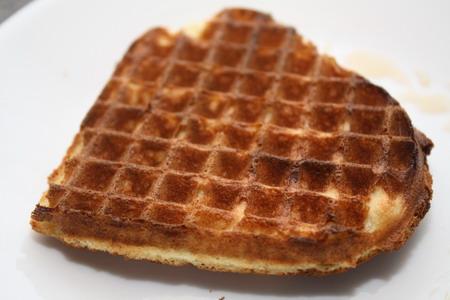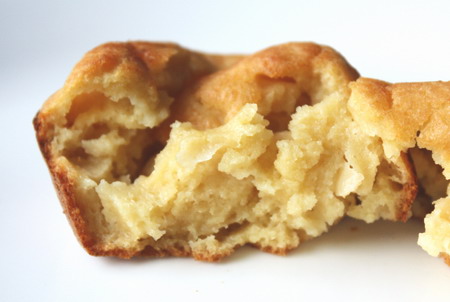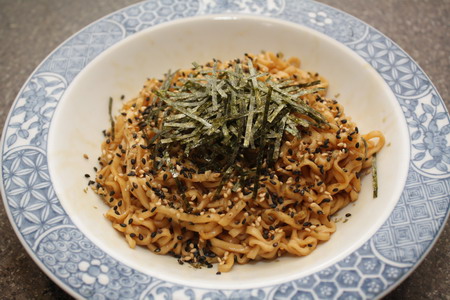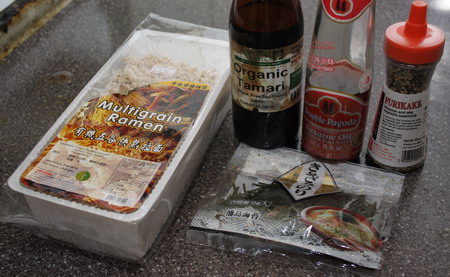Recently, some friends gobbled down two plates of chye tau kueh from the hawker centre in front of me whilst I munched on my gluten-free carob muffin. They felt a bit guilty comparing their fried dish with my healthy snack but actually I really wished I could eat chye tau kueh too!
I came home and flipped through my mountain of cookbooks and finally found a somewhat poorly-written recipe for ‘Singapore-Styled Stir-Fried Turnip Pudding 星洲炒蘿蔔糕’ in a Hong Kong produced cookbook called Asian Snacks Cooking Course 亞洲小食製作教程. Unfortunately, I couldn’t find a more authentic recipe in any of my Malaysian cookbooks (an excuse to buy even more :) ?!?). Anyway, it worked really well so am sharing here with you. You may want to compare this recipe with the one from Lily’s Wai Sek Hong.
This is a great snack option that’s wheat- and gluten-free, also no sugar. As long as you don’t find fried foods too unhealthy :).
INGREDIENTS FOR STEAMED RADISH CAKE
960g white radish/daikon
320g rice flour
Wash, peel and chop the daikon.
Use a blender to puree it, then using a sieve, squeeze out as much juice as possible. You need 3 cups of daikon juice.
Mix rice flour with daikon juice in a pot over low heat. The original recipe only uses the juice, but I put in all the daikon pulp as well so as not to waste it.
Stir until it the mixture thickens. This part requires careful attention as it can take quite a while to thicken on low heat but if the stove is too hot, it will clump together very quickly.
Pour the thickened batter into a greased mould, such as an aluminium cake tin. A 9-inch round tin is actually better than the one I used in the photo because it won’t be so full, and because the cake won’t be in such a thick layer, it will take a shorter time to be fully cook. Dark-coloured heavy cake tins are not good for steaming, they don’t seem to conduct heat very well.
Steam for 1 hour. Test for doneness with a chopstick, which should come out clean.

FRIED RADISH CAKE
Cut the steamed and cooled cake into cubes.
Fry ingredients of your choice until fragrant, such as garlic, shallots, minced meat, red or green chilli, spring onions. Add seasonings of your choice. Traditionally, this is cooked with thick dark soya sauce and preserved turnip and preserved Chinese sausages are a must, with a special chilli sauce for those who like it spicy.
Add the steamed radish cake cubes and fry until browned.
Push ingredients to one side of the wok (or remove from pan), add a beaten egg and when semi-cooked, toss well with all the other ingredients.
My version shown below is cooked with salt (or organic tamari), garlic, stir-fried shallots, green and red capsicums, and topped with raw spring onions and deep fried shallots.

Verdict: close enough to the real thing to keep me happy! Loved the distinct daikon taste in the cake. Now if I can just figure out how to make preserved turnip or chye poh at home, the other members of the family might actually enjoy this as much as me :).
Nearly 1kg of daikon makes a lot of chye tau kueh and I had this in my lunch bento for days!! Next time I’ll only make half the quantity!
Filed under: anti-candida diet, Asian snacks, bento 便當, Chinese, dairy-free, egg-free, food intolerance, gluten-free, recipes, Singapore, steaming, sugar-free, vegetarian, wheat-free | Tagged: daikon, eggs, flours, other, radish, roots & tubers | 3 Comments »











